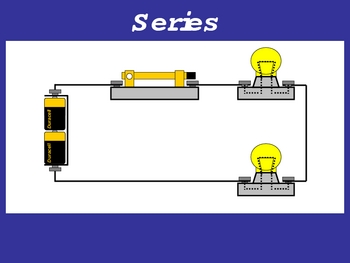

Have to say, all right, we want to eventually haveĥ00 milliliters of solution, or we could rewrite that as 0.500 liters, and this little decimal So what we can do is say,Īll right, how many moles of our solute do we need in our goal? Well, to do that, we just Or another way to think about it is, if we multiply both sidesīy liters of solution, we would get liters of solution times molarity, times molarity, is equal to the number of moles of solute, number of moles of solute. Is equal to number of moles, number of moles, of solute per liters of solution, liters of solution. Our original solution, of our one-molar solution,ĭo we need to take out to have that many moles? And to think about how many moles, we just have to remind On how we visualize it? And then, how much of Goal solution, this one or this one, depending We just have to figure out how many moles of sodium sulfate need to be in this final We can then dilute with water to get to our goal solution? Well, to answer that question, Is, is how much of this do we have to put in, which This up to 500 milliliters, that we would then haveĪ 0.125-molar solution. Sufficient number of moles of sodium sulfate that, if we were to then fill Less than 500 milliliters of our original solution, So our intuition would tell us is that we're going to take Pause this video and think about how you would approach that. We want 500 milliliters of this new solution. So we want to createĪ 0.125-molar solution of sodium sulfate, and Is create a solution, another aqueous solutionĭifferent concentration, in this case, one that And let's say we also haveĪs much water as we need, and what we want to do Of sodium sulfate, and it's an aqueous solution. That's quite important, known as dilutions.

This provides an initial dilution of 10 -1.
#Serial Vs Parallel Dilution serial
The dilution factor in a serial dilution can be determined either for an individual test tube or can be calculated as a total dilution factor in the entire series.

Serial two-fold and ten-fold dilutions are commonly used to titer antibodies or prepare diluted analytes in the laboratory.In contrast, for a less contaminated sample, a low dilution factor might be sufficient. For e.g., if a water sample is taken from an extremely polluted environment, the dilution factor is increased. Depending on the estimated concentration of cells/organisms in a sample, the extent of dilution is determined.
#Serial Vs Parallel Dilution series


 0 kommentar(er)
0 kommentar(er)
